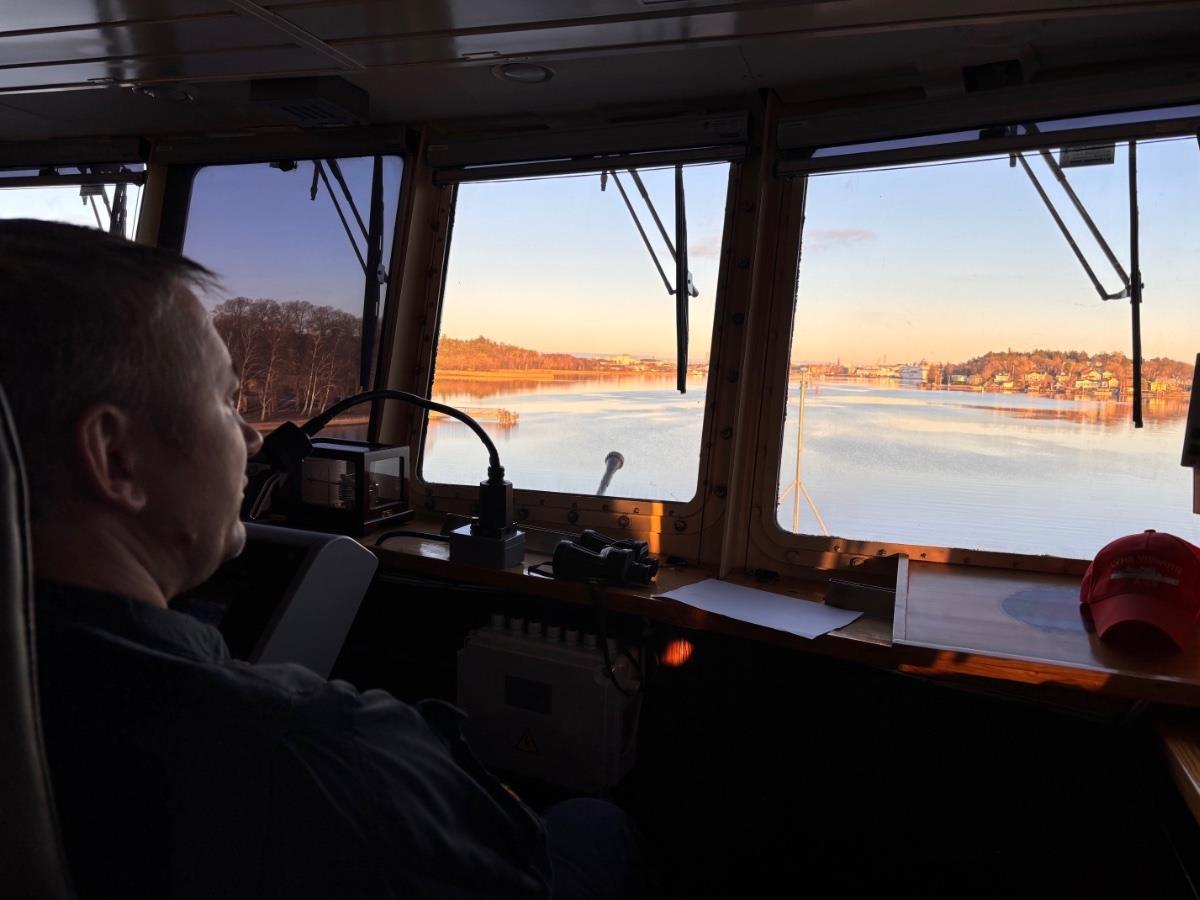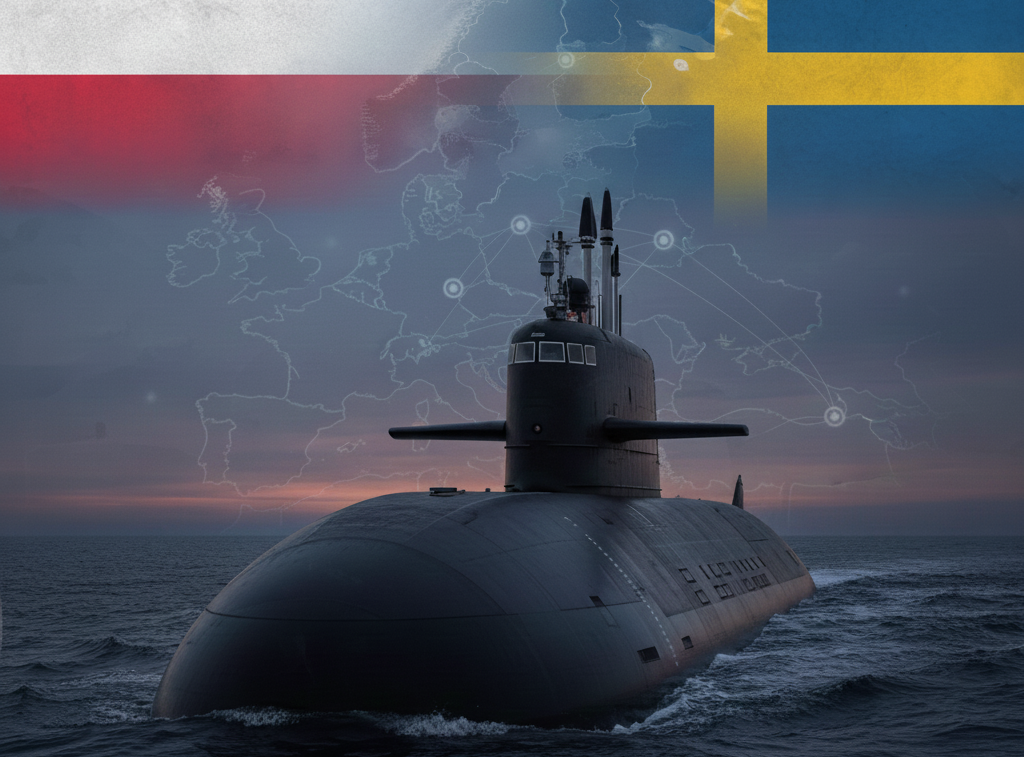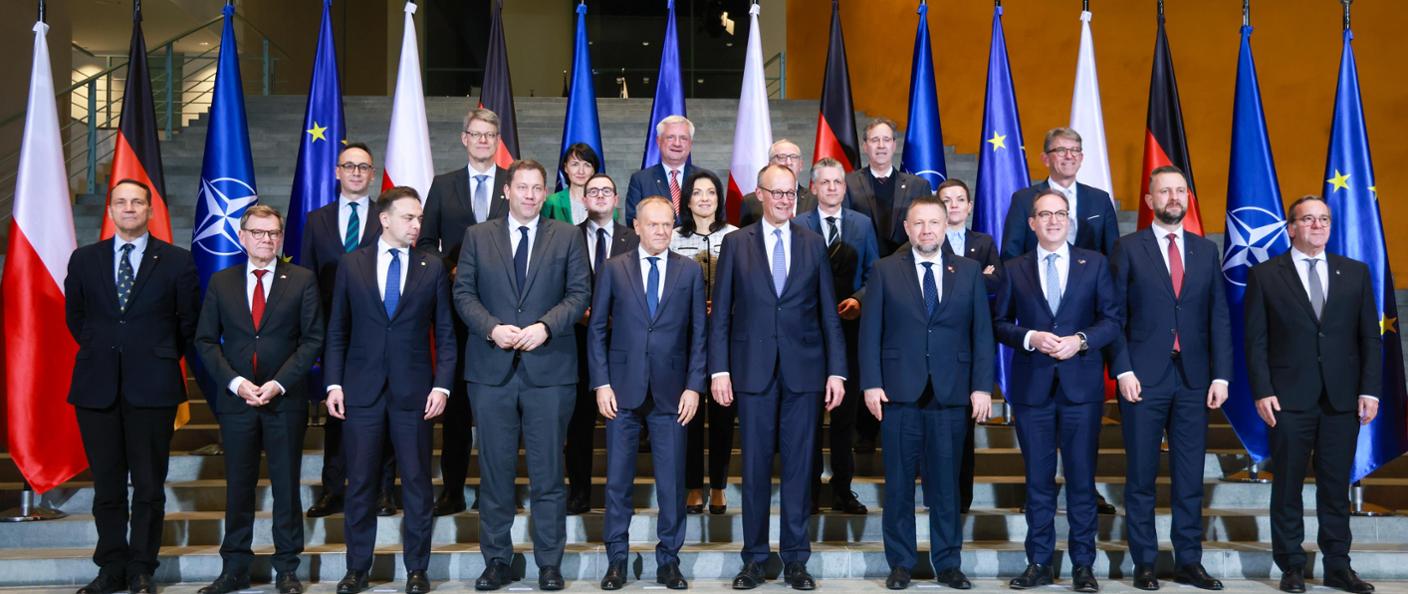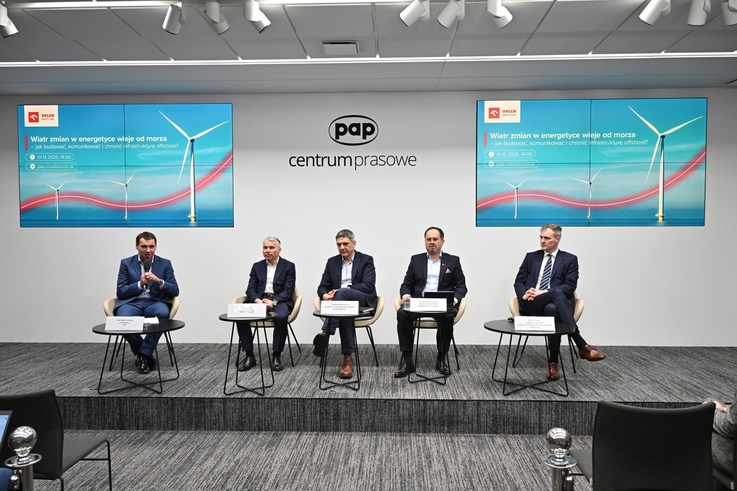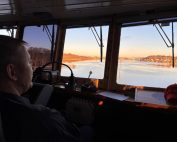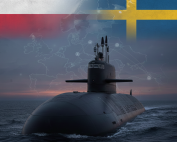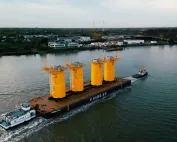The European project MARINEWIND – Market Uptake Measures of Floating Offshore Wind Technology Systems, funded by the European Union under the Horizon Europe programme and by UKRI, has developed a decision-support tool to assess the Levelised Cost of Energy (LCOE) for both floating and bottom-fixed offshore wind farms. The model was designed and led by the project’s Scientific Coordinator, the University of York, with the feedback of the MARINEWIND partners: APRE – Agenzia per la Promozione della Ricerca Europea (project coordinator), Europêche, CNR National Research Council, Energy Systems Catapult, Q-PLAN International, Ricerca Sul Sistema Energetico, SENER and WavEC Offshore Renewables. The tool supports investors, policymakers, and researchers in understanding the financial and technical uncertainties shaping offshore wind economics.
Unlike conventional LCOE models that offer a single headline figure, the MARINEWIND LCOE Tool simulates real-world variability by incorporating changing inflation, interest rates, operating costs, and wind conditions. The model outputs a range of possible outcomes over the project’s lifetime, offering a realistic perspective on how market and environmental factors affect the cost of energy generation. A simplified LCOE version is also available for quicker comparisons and broader accessibility.
The tool includes country-ready default data that users can adjust according to project-specific contexts. These include variables such as feed-in tariffs, Capital Expenditure (CAPEX), Operating Expenditure (OPEX), wind speed, and production volumes. This flexibility enables users to test different financing mixes and market scenarios, visualising how LCOE, Weighted Average Cost of Capital (WACC), and Return on Equity (ROE) evolve under diverse conditions.
According to Paola Zerilli, MARINEWIND Scientific Coordinator and Ahmed Djeddi, both from the Economics Department at the University of York, “This tool bridges the gap between financial modelling and technological uncertainty. By showing realistic ranges instead of fixed numbers, it helps investors, policymakers, and researchers make more informed decisions about where and how floating wind can be most cost-effective.”
The LCOE Tool serves a wide spectrum of users:
- Project developers and investors can explore how financing structures and cost assumptions influence profitability before final investment decisions.
- Policy makers and regulators can use the results to design more effective support schemes and market-uptake measures tailored to floating wind.
- Banks and financial advisors gain an independent scenario-based reference for due diligence and investment planning.
- Original Equipment Manufacturers (OEMs) and supply-chain firms can assess how technology costs, location, and weather parameters influence the overall project cost range.
- Researchers and students benefit from an open, transparent framework for studying energy finance under uncertainty.
Developed within the broader MARINEWIND effort to accelerate the large-scale deployment of floating offshore wind in Europe, this tool complements the project’s previous outputs such as the Booklet of Recommendations, and the MARINEWIND WebGIS.
Check the freely accessible LCOE tool.
Source: MARINEWIND




